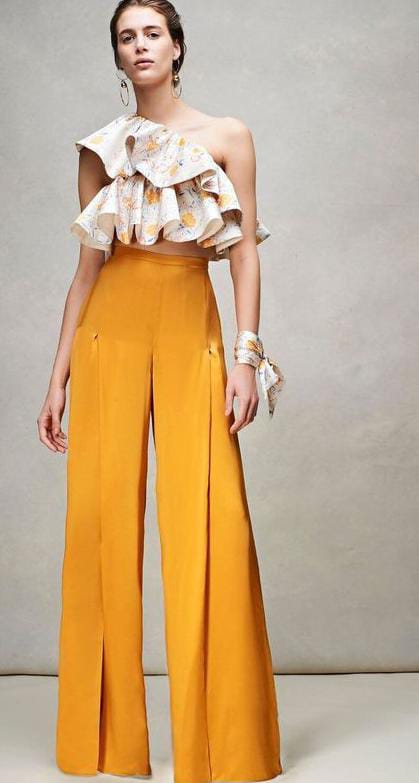Sustainable fashion is important for both women and men. I think we should give more importance to this topic because today when we feel insecure seeing celebrities on social media, do we need a new dress and new accessories for every event? We have to repeat our clothes again and again, all that hits us a lot. Today there is a need to normalize sustainable fashion ideas in every community. I have shared my ideas below, from which all of us should benefit.
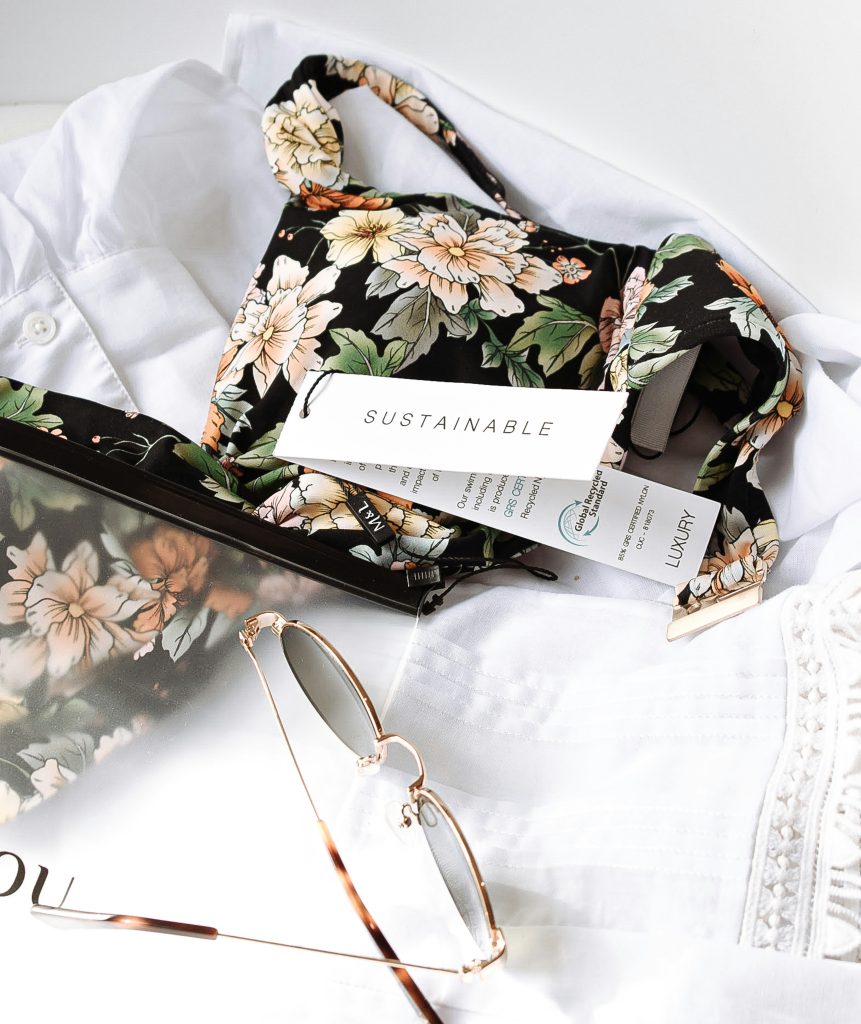
Why is Sustainable Fashion Important?
Here are 5 major reasons why sustainable fashion is crucial.
Climate Impact: Fashion industry produces substantially to waste, carbon emissions, and water pollution globally, making it one of the major chemicals. The aim of sustainable fashion is to reduce the negative impacts by promoting green items and methods.
Resource Conservation: In order to protect natural resources and reduce their effect on the environment, sustainable fashion approaches place heavily on the usage of recycled materials as well as composting and composting.
Equal Work Practices: This assures that clothing staff receive equal wages, work in secure workplaces, and are treated ethically. This increases workers’ livelihoods and promotes equality in society.
Consumer Awareness: Sustainable fashion opposes fast fashion and excessive use culture by promoting transparency and informing consumers about the effects of what they buy. This leads to more deliberate consumption.
Biodiversity Protection: By eliminating harmful substances and methods that affect wildlife and natural habitats, sustainable fashion practices aid in the protection of ecosystems and biodiversity.With all factors looked at, sustainable fashion aims to build an even and balanced fashion field that benefits the earth, staff members, and users.
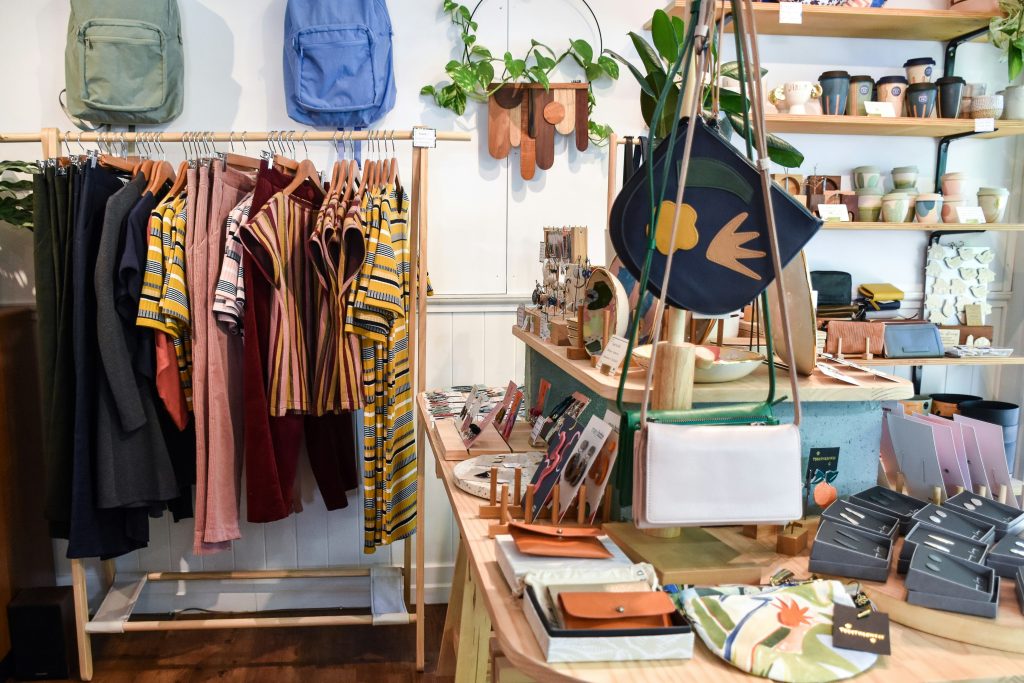
The Full List Of Sustainable Fashion Ideas 2024
1:Fashion Facts & Statistics
2:Millennials and Generation Z shop ethically
3:All fabrics have a fully reuse ratio.
4:In the next five years, the market for old used items will grow.
5:One will see a ten percent yearly rise in fashion rents.
6:Animal welfare has grown for 14 percent of firms.
7:The anticipated size of the ethical clothing market is roughly $3 billion.
8:The rise of circular fashion is visible.
9:There is an increase in organic farming for regenerative fashion.
Finally, there is a crackdown on excessive fake news, and more protection for apparel workers is being built.
7 Facts of Sustainable Fashion
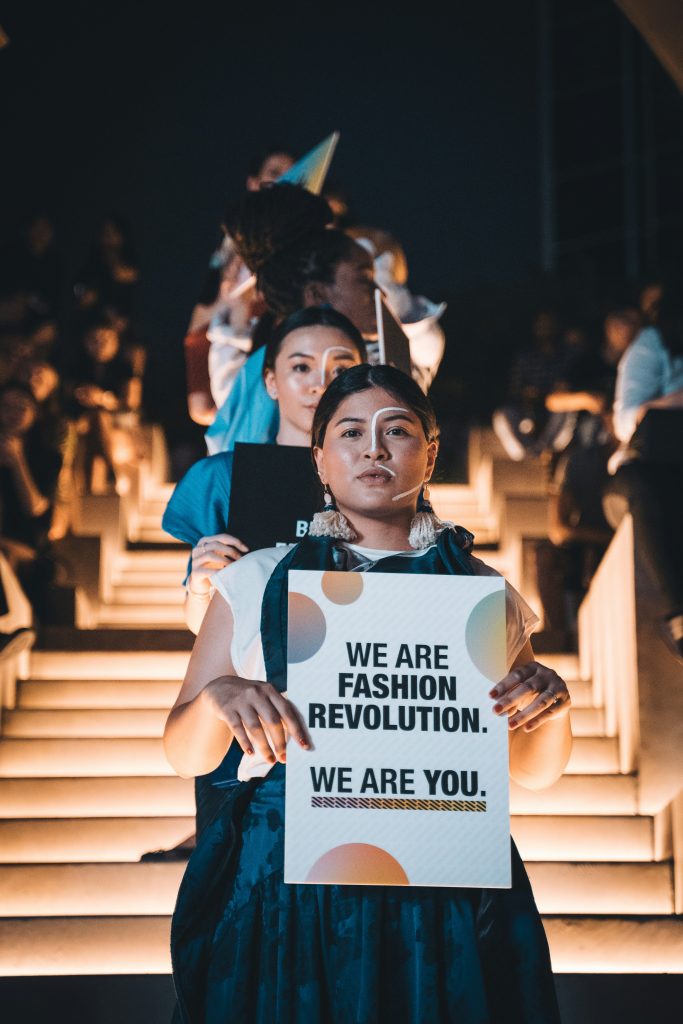
1: 100% Of All Textiles Are Recyclable
The claim that “100% of all textiles are recyclable” underscores the prospect of recycling or using all kinds of cloth and textiles as a replacement to letting them fall in landfills. Reusing clothing for new use or breaking down fibers to make new yarns are mere instances of the many steps that go into recycling textiles.
This procedure lessens the negative effects of textile production on the environment, shrinks waste, and conserves resources. Building successful systems for gathering and recycling, improving consumer awareness, and guaranteeing that recycled textiles retain their high quality and working pose difficulties. Utilizing textile recycling can make a big difference in the fashion industry’s desire to be more circular and sustainable.
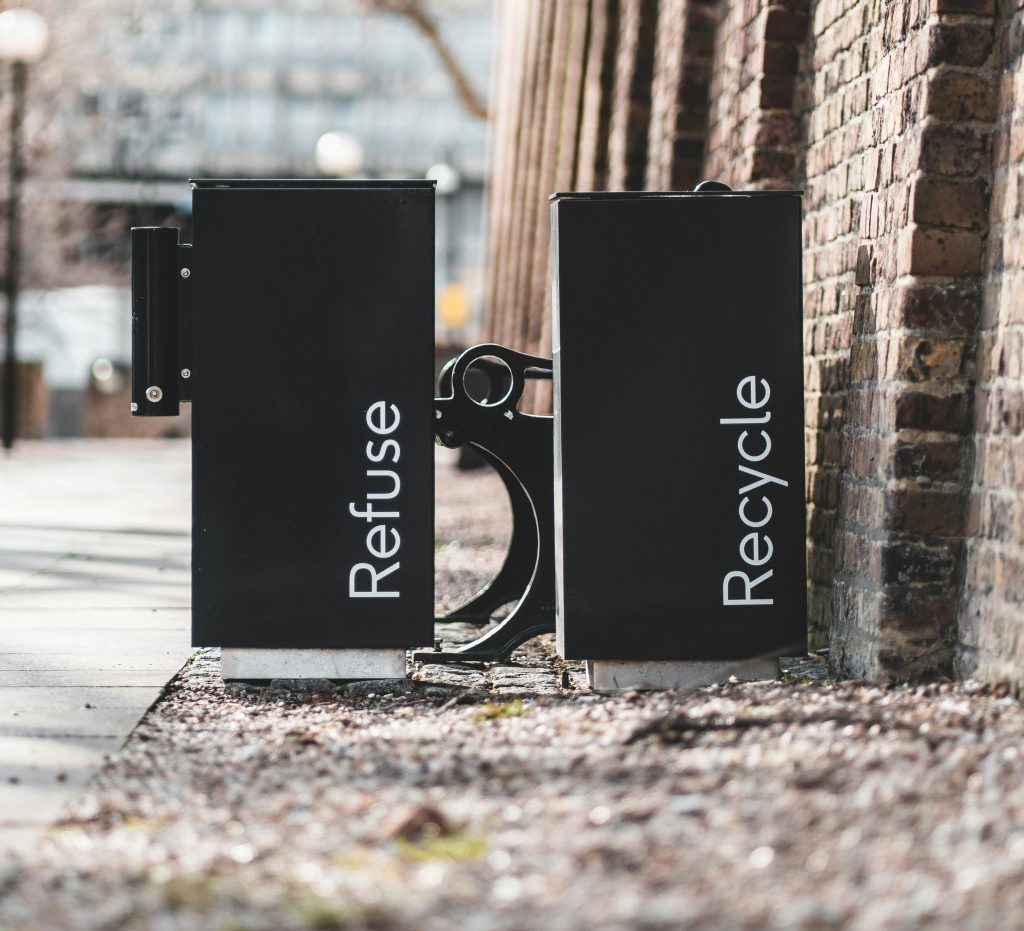
2: Fashion Rental Can Expect 10% A Year Growth
Over the course of the next five years, it is thought that the rental market will grow at a rate of more than 10% annum. also indicate that the online clothing rental sector has already grown to a value of $1.9 billion.
From physical rental stores in North America, Europe, and Asian cities to online fashion libraries, there are more and more places to borrow clothing.
Many designers may even collaborate with rental companies so that customers can wear high-end pieces for a much lower cost with all trending outfits and main colors like royal blue,golden,silver and many more.
Renting formal attire, maternity wear, kids’ clothes, wedding dresses, and other items helps solve environmental concerns, lowers carbon footprints, and is cost-effective Sustainable Fashion is your top priority.

3: 14% Of Brands Have Improved Animal Welfare
The fact that only 14% of brands have made improvements to animal welfare highlights a serious weakness in the fashion industry’s where dedications to using ethical methods when treating animals. The few firms that are implementing better procedures typically prohibit the use of fur, exotic skins, and angora in favor of plant-based or lab-grown materials, which are cruelty-free substitutes.
By insuring that their supply chains are free from cruelty to animals, promoting honesty, and partnering with checked suppliers who respect high animal welfare standards, these innovative companies set novel standards. The fashion industry as an entire still has a long way to go despite these advancements.
The 14% statistic highlights the need for more consumer education and demand for cruelty-free products in addition to more robust legal frameworks to guarantee their widespread acceptance.Its a Important factor in Sustainable Fashion.
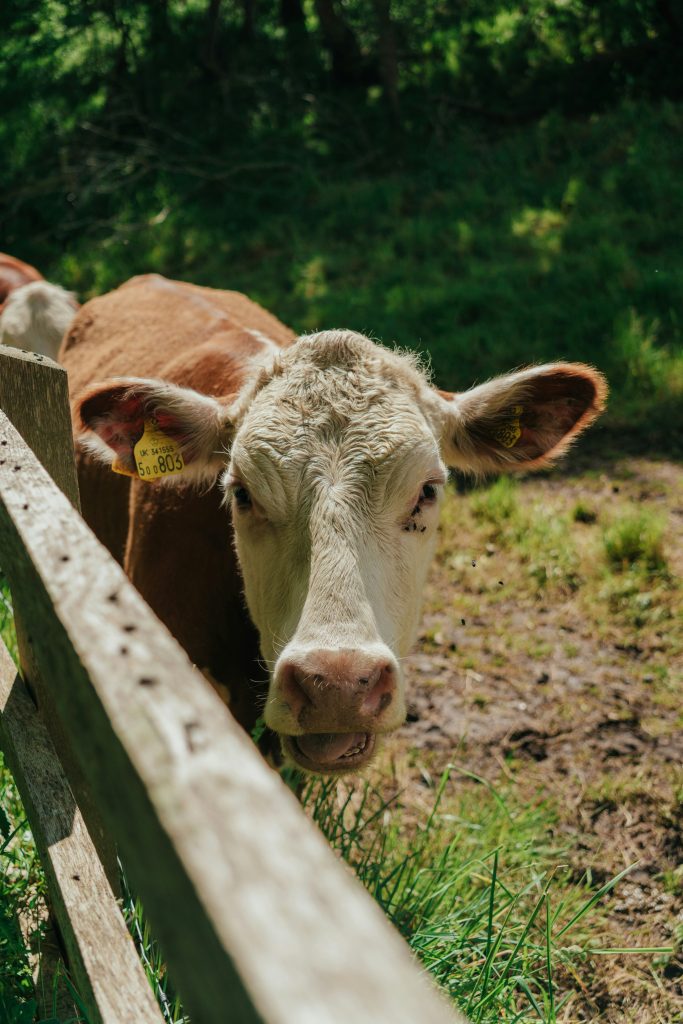
4: Market Is Estimated To Increase By Over $3 Billion From 2021 To 2025
Based on forecasts, the industry for ethical clothing will grow by over three billion dollars from 2021 and 2025, showing a rise in consumer interest for apparel created legally and socially. The increase is caused by social concerns like equal wages and animal welfare as well as a growing awareness of ecological problems like pollution and climate change.
In reply, businesses are adopting transparent business models, using organic and recycled materials, and putting ethical procedures into the chains of supply. Invest in cutting-edge technology, such digital fashion and recyclable fabrics, is also driving growth in the sector.
This trend reveals that the fashion industry is growing more ethical and careful, with companies and customers paying ecological priority when making decisions about what to buy and how they generate goods.its Also a Main Factor in Sustainable Fashion.
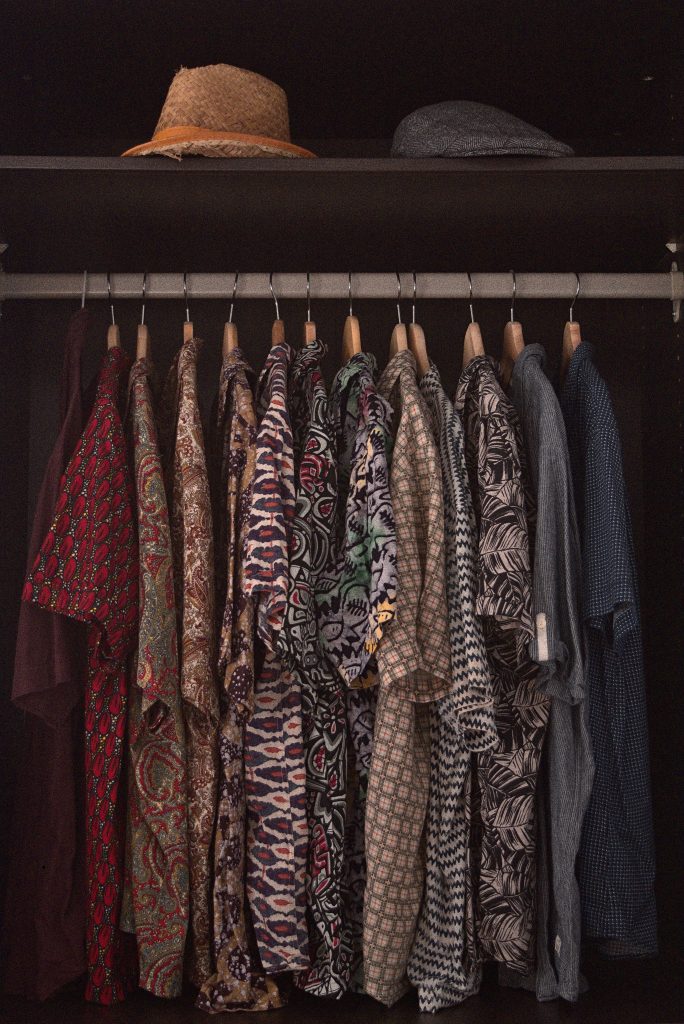
5. The Secondhand Market Will Grow By 20% In The Next Five Years
Regarding apparel resale, figures from the sustainable fashion business are encouraging.
According to a 2020 survey that drew information from online luxury resale giants Collective, the global secondhand industry is expected to expand at a quick rate of 20% over the next five years.
Additionally, used clothing is currently very popular on eBay; according to UK eBay data, over 87 million pre-loved items were bought between January and September of 2021. A little over 25% of these were previously owned clothing items.
Furthermore, data from lyst 2021 Conscious Fashion Report reveals an exponential rise in the market for recycled clothing, with year-over-year demand rising by 117% for recycled repurposed and reworked items.
The phrase “turned jeans” showed an abrupt 321% boost in searches for old jeans.
The growth in used fashion can also be due in part to social media events like thrift flips, that shift opinions about used things from being dated to trendy.
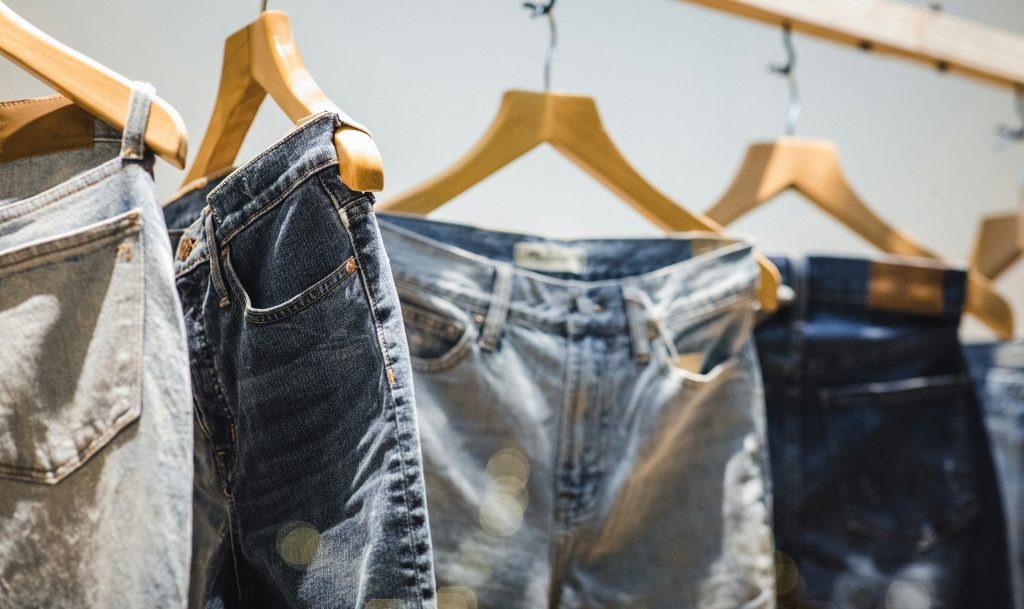
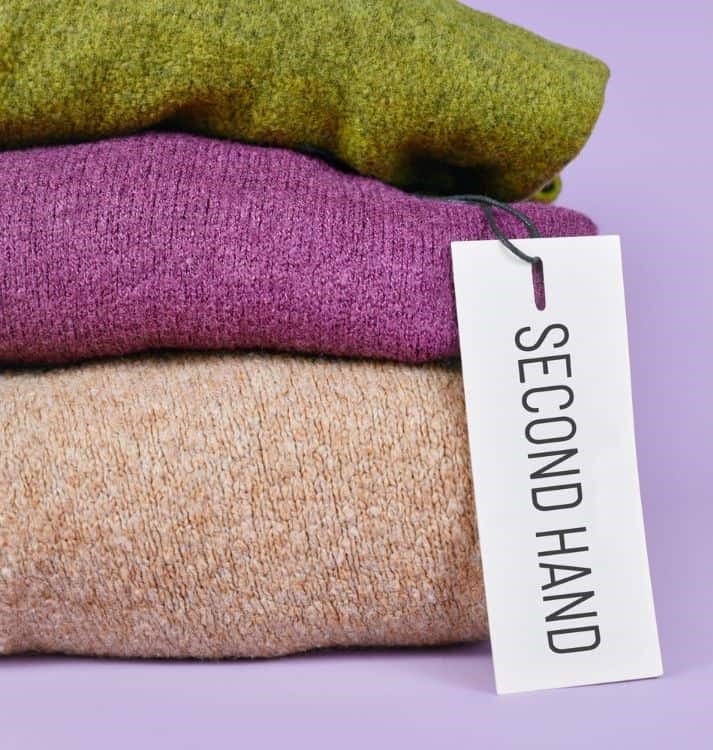
6. Regenerative Fashion Is On The Rise
signifying an enormous shift in the sector’s strategy for applying techniques that actively repair ecosystems and encourage biodiversity while also reducing harm. Regenerative fashion seeks to generate positive environmental outcomes, in contrast with typical sustainable fashion, which concentrate on reducing negative impacts.
This consists of farming land using strategies that optimize retention of carbon, boost soil health, and sustain a variety of ecosystems. Products from farms that focus crop rotation, diversified by and organic farming methods are usually sourced by brands which promote regenerative practices.
They might also use innovative methods to upcycle and recycle materials, which would further cut down on waste. Growing buyer demand for items that benefit the environment and awareness that the fashion industry can be a key player in combating climate change are the primary factors behind the arrival of regenerative fashion.

7. Rampant Greenwashing Is Finally Being Cracked Down On
More encouraging eco-friendly fashion information is that, in the last year alone, the global community has taken a more firm stand against greenwashing.
Soon to be implemented, the EU’s legislative proposal on green claims will make greenwashing illegal and enhance consumer durability information.
Terms that are generally associated with the environment, such “eco-friendly” and “conscious,” are already being strictly enforced by the Netherlands’ Authority For Consumer Markets.
Furthermore, the Higg Materials Sustainability Index statistics used by quick fashion stores like H&M might “easily be considered misleading,” according to the Norway Consumer Markets Authority.
Furthermore, the trend of consumers becoming aware of the truth is expected to continue, as the UK Consumer Market Authority’s inquiry into fashion businesses is about to come to a close. This implies that fast fashion companies that continue to make questionable green claims may face additional legal action.
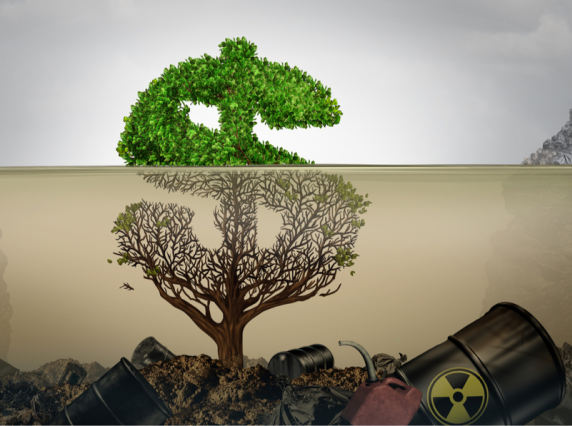
Concluding Remarks Regarding Sustainable and Slow Fashion Data
Final thoughts on sustainable and slow fashion data show an array of crucial troubles:
- Growing Sector: Predictions suggest that the sustainable fashion market will increase substantially over the next few years, and it is now growing at a quick pace. This implies there is a growing market for apparel made ethically and environmentally.
2. Client Being aware: As people become more conscious of the negative effects the fashion industry has on the environment and the world, they opt for slow and sustainable fashion over rapid fashion.
3. unique Standards: To cut waste and prolong the lifecycle of clothing, brands are implementing fresh methods including employing organic, recycled, and regenerative materials, maintaining fair labor practices, and embracing the circular economy concepts.
4. Limitations: Despite advancements, obstacles still exist. These include the ubiquity of “going green,” the requirement for improved recycling facilities, and the requirement that more brands commit to true sustainable practices.
5. Financial Impact Due to a shift in buyer habits towards more sustainable practices and the fiscal benefits of buying high-quality, cheap used goods, the used and pre-loved market has also grown rapidly.
6. Regenerating fashion is an emerging era in sustainability which promotes preserving biodiversity and restoring ecosystems as a means for bettering the environment.
7. Animal Welfare: More consumers want cruelty-free and ethically produced goods, so even though a tiny number of companies have improved their practices in this area, it is growing in importance.
Overall, results point to an interest motion in fashion industry toward ethical and environmentally friendly practices, driven by innovation, consumer demand, and a rising awareness of social and environmental responsibility. To fix present problems and make sure that the fashion industry as a whole moves toward true sustainability, more research will have to be done.
